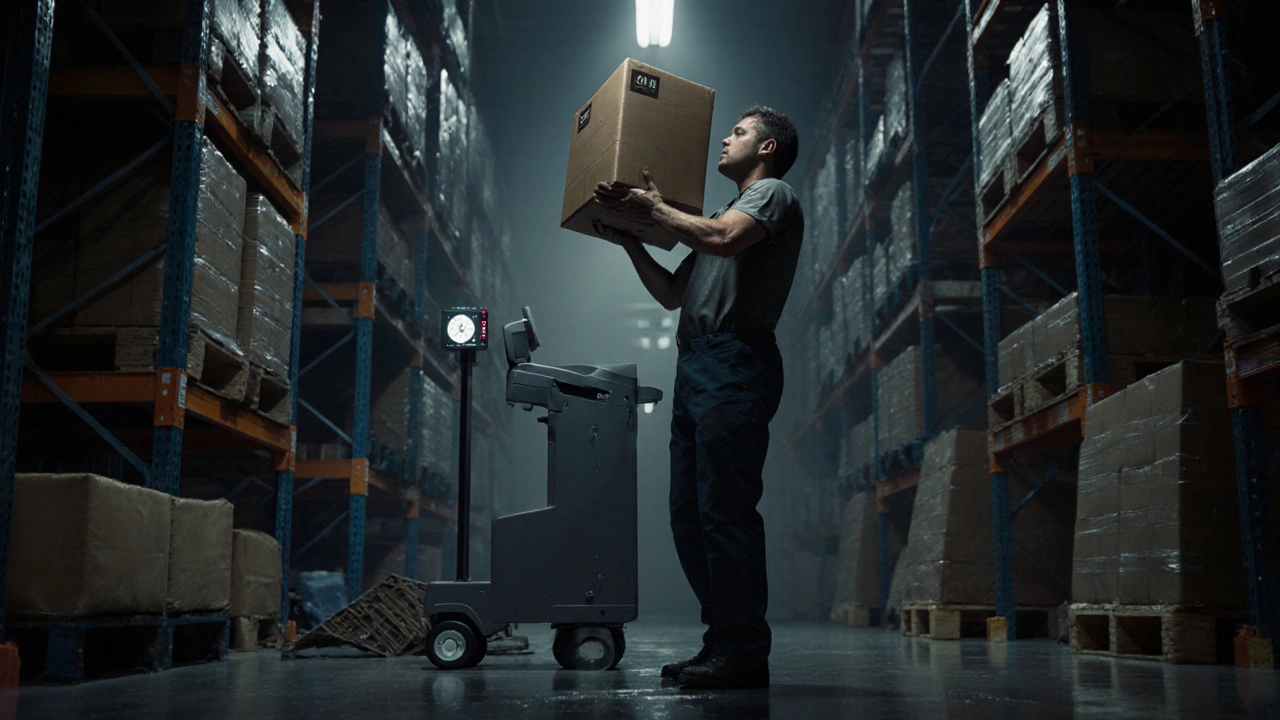Logistics Career: How to Start, Grow, and Thrive
Thinking about a job that keeps the world moving? Logistics is the backbone of every product you buy, and it offers a range of roles from warehouse floor to strategic planning.
First step: figure out what part of the supply chain excites you. Do you like hands‑on work, like loading trucks and managing parcels? Or are you more into data, optimizing routes and inventory?
Pick a Path and Get the Right Skills
For warehouse‑focused jobs, basic knowledge of a Warehouse Management System (WMS) is a must. Even a quick online course can teach you how to track stock, manage bins, and reduce errors. If you aim for a higher‑level role, learn how WMS connects with ERP systems and how it supports real‑time decision making.
Delivery driver positions are still in high demand. Knowing the current per‑mile rates, how to calculate earnings, and the best ways to maximize tips can boost your paycheck. Websites that publish the latest rate per mile for 2025 are a handy reference.
For tech‑oriented paths, get familiar with logistics software like Transportation Management Systems (TMS) and supply‑chain analytics tools. Understanding how a TMS calculates the cheapest route or how SAP integrates with warehousing can set you apart in interviews.
Where to Find Logistics Jobs
Start with the big players: Amazon, FedEx, and local courier firms often list entry‑level driver or warehouse associate roles on their career pages. Smaller firms may not advertise widely, so check local job boards and LinkedIn groups focused on supply‑chain professionals.
Networking works too. Attend a local logistics meetup or a virtual webinar about e‑commerce delivery. Ask questions about the day‑to‑day challenges and share what you’ve learned about WMS or TMS – recruiters love candidates who speak the language.
Don’t overlook certification programs. A short certification in inventory management or a logistics fundamentals badge can add credibility. Many online platforms offer free or low‑cost courses that culminate in a printable certificate.
When you land an interview, be ready to talk numbers. Talk about how you could cut delivery costs, improve order‑to‑delivery time, or increase warehouse throughput. Real‑world examples, like saving 10 % on mileage by rerouting trucks, make a strong impression.
Career growth in logistics often follows a clear ladder: associate → supervisor → manager → director. Each step adds responsibility for bigger budgets, larger teams, and strategic decisions. Keep learning about emerging trends like autonomous delivery, AI‑driven demand forecasting, and green logistics – they’re becoming part of senior roles fast.
Finally, stay flexible. The logistics field changes with seasons, consumer trends, and technology upgrades. Being able to adapt to new software, shifting delivery windows, or new regulations keeps you valuable and opens doors to higher‑pay positions.
Ready to start? Identify the role that fits your interests, pick up the relevant tech skills, and start applying today. The logistics world needs people who can keep goods moving efficiently – that could be you.
How Hard Is a Logistics Job? Real Talk on the Demands of the Industry
A logistics job is physically tough, mentally exhausting, and often unpredictable-but it’s also stable, rewarding, and essential. Learn what it really takes to work in logistics today.
Read MoreIs Being a Logistician Stressful? Real World Challenges, Facts, and Coping Tips
Explore if being a logistician is stressful, with real-world facts, challenges, and useful coping tips. Unpack the pressures, surprises, and smart survival skills of logisticians.
Read MoreExploring a Career Path in Logistics
Logistics is more than just moving goods from point A to point B. It's a field ripe with opportunities for those ready to dive into supply chain management, transportation coordination, and inventory control. From warehouse operations to strategic planning, logistics offers a variety of career paths. Whether your strength lies in organizing, problem-solving, or negotiating, there's likely a role suited just for you. Discover the ins and outs of building a successful career in logistics.
Read More

